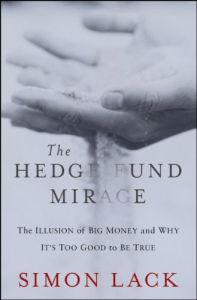
Recommendation
Are hedge funds – those secretive oceans of capital invested in exotic financial instruments and derivatives – all they appear to be? Absolutely not, says Simon Lack, a former JPMorgan executive and hedge fund insider. He uses statistics and anecdotes – mostly horror stories and cautionary tales – to back up his controversial but simple thesis: Hedge funds are not good investments for most portfolios. Lack mentions a few success stories, touching on investment luminaries George Soros and John Paulson, but gives more attention to the industry’s colorful incompetents and villains. The book’s flaws are manageable – make sure to bring your calculator, because Lack includes math about internal rate of return calculations and discusses the best ways to measure hedge fund results. Some reviewers have questioned some of his calculations and comparative conclusions, so gather all the data you can, as always. Lack packs in lots of useful insight, especially in caveats for investors. getAbstract – which gives book advice but never, ever investment advice – recommends his report on the hedge fund industry to investors who work to stay informed.
Summary
About the Author
Simon Lack, a veteran JPMorgan investment committee member and founder of the JPMorgan Incubator Funds, now runs SL Advisors LLC, a money management company.











Comment on this summary